If you’re considering changing up your hair with weave box braids, but you’re worried about do braided weaves damage hair or not.
You’re not alone because most girls out there face this problem while braiding their hair. So, this is a common question to come across that can we weave box braids without damaging our hair?
If your weaves and box braids are braided too tightly, they might damage your natural hair and trigger permanent hair loss, such as traction alopecia, which affects your hairline, or central centrifugal cicatricial alopecia, which affects the base of your scalp. This can result in scarring, which hinders the growth of new hair.
Continue reading this content to learn how to prevent damage caused by weaves and box braids.
Does Weave Braids Damage Your Hair?
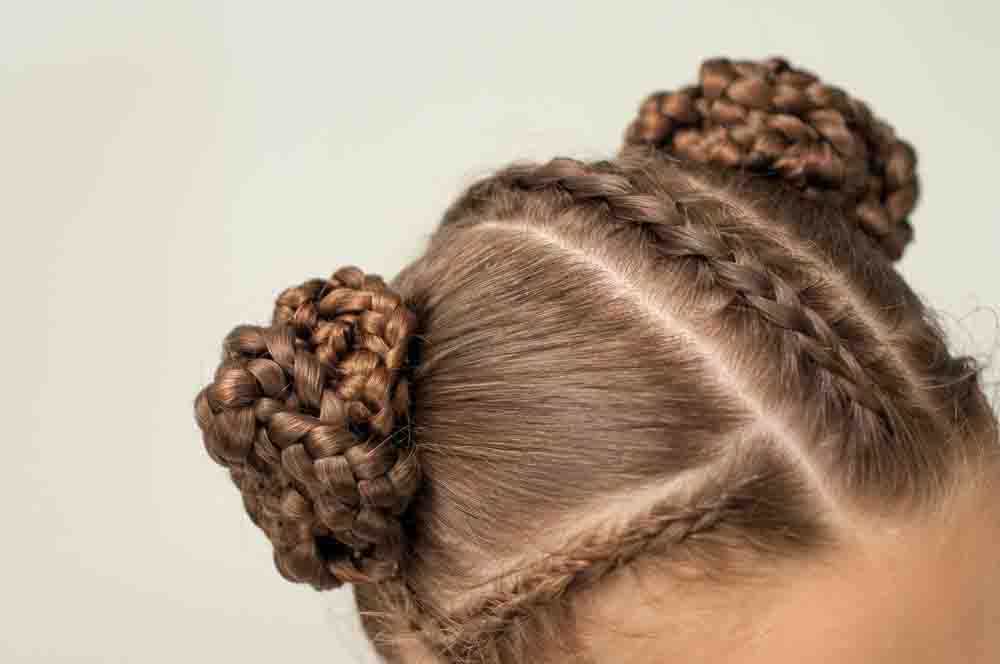
Box braids are a type of hair braiding that originates from Africa. It can be a superb protective style, but they can also induce hair loss.
Maintaining your hair weaving in box braids for a few months can lead them to become excessively dry, harsh, and likely to ruin.
Hair breakage can happen by weaving box braids, just like any other form of extension hair. Box braids hair weaving with your raw hair, employing worry to prevent the box braids from slipping or unraveling is required for the box braids.
Some experts argue that braiding your wet hair can lead to breakage and split ends. However, if you braid your dry hair, the risk of damage is much lower.
It’d do more harm than good if you’re stressed out during the braiding process. You’ll face severe hair ruin if box braids go wrong.
If your box braids are braided too tightly, your hair will be pulled at the root level. You won’t notice the damage immediately, but will do over time.
Scalp redness, tightness, and pimples are all indicators that your box braids are pulling your hair out.
Why Your Weave Is Stopping Your Natural Hair Growth
Unsure why your weave isn’t creating raw hair? Scientific Research has shown that weaves leave your hair at risk for many things. Keep in mind that the reason for your inborn hair health is your carelessness. It’s critical to take good concern of your hair.
Search results also show that weaves may do a lot more for your hair than just make it look long and feel wider. If you expect to grow hair healthy, using a braiding weave is a good way to secure it.
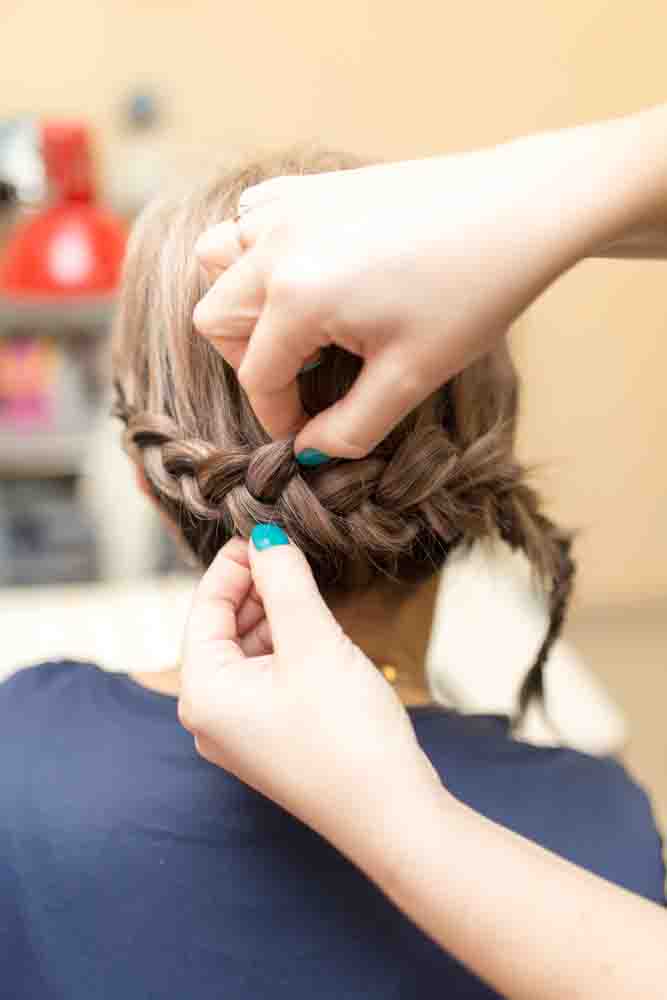
While a weave or extension hair could be a fun way to change up your styling, they can also cause damage to your raw hair and potentially hair waste if you do low maintenance. Hair growth injuries prevent natural hair from growing back, resulting in everlasting hair waste.
Swims can also cause damage to braided hair, as chlorine strips away moisture and breaks down the outer protective layer of hair follicles.
Here we will talk about four reasons why your weave is preventing you from growing your hair. Continue reading to find out what you’re not taking cordial of.
1. You have extremely tight and tangled braids- Box braids are traditionally a hairstyle for those who want to protect their hair. The information shows that it appears that most stylists are not comfortable working with braids.
This also applies to women who use sew-ins. It’s evident that if your hair is twisted too tightly, the hair is being dragged directly out of your scalp. This has resulted in everlasting hair waste in many women.
2. You’re ignoring your natural hair- When you’re employing wigs and weaves on a daily basis, it’s simple to avoid your raw hair. Isn’t that the case? Search suggests that if you’re using wigs, make sure to take them off as soon as possible and shampoo and conditioner your locks on a regular basis (also to get rid of debris).
If you’re going to wear a sew-in for an extended period of time, make sure you shower and deep condition your hair in between. Bear in mind that hair ignorance can result in buildup, dry hair, hair waste, and even fungal development.
3. You tuck your hair behind wigs and weaves- Your locks aren’t anything that can be hidden beneath a wig. Because you’ll be too humiliated to show off your broken, wrecked hair, if you think in this mindset, you’ll gradually have to depend on wigs.
Instead of folding your locks into wigs and weaves, you could simply wrap them properly or box braids them. To eliminate mildew and other germs, ensure your lock is completely dry before putting on the weave.
4. Your scalp can’t breathe- Women who apply inappropriate closures, too much weave, cotton, or nylon caps are particularly prone to this problem. You’re simply drowning your scalp, because nothing lives or develops without oxygenation, including your lock.
If you’re using sew-in closures, be sure you can still reach your scalp; admittedly, you have to wash it on a regular basis.
Can Hair Weave Cause Permanent Scalp Damage?
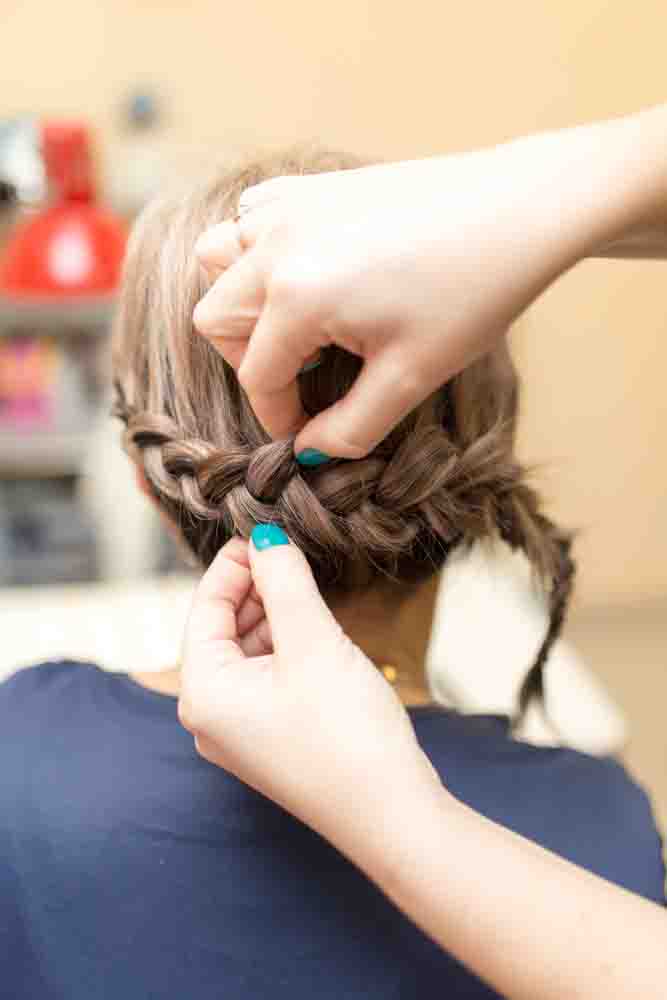
Hair waves can permanently damage your scalp due to hair weaving tying up your lock and scalp. There will always be a risk of damage if too much tension is imposed on the roots.
This risk can induce traction alopecia. It is a kind of alopecia caused by continual pressure on the roots, which damages the lock follicles.
The most harmful part of them is the process of application, rather than the actual stylist of lock waves. The process can inflict a lot of damage, including scalp pain and root damage, if the individual who is doing it isn’t skilled or lacks expertise.
If you lack the required process, installing the extension on your own is a big no-no. Since you lack experience, you might make a mistake and cause damage to your locks scalp. Taking extra precautions will protect your lock’s scalp from permanent damage.
How To Prevent Hair Damage From A Weave Or Extension
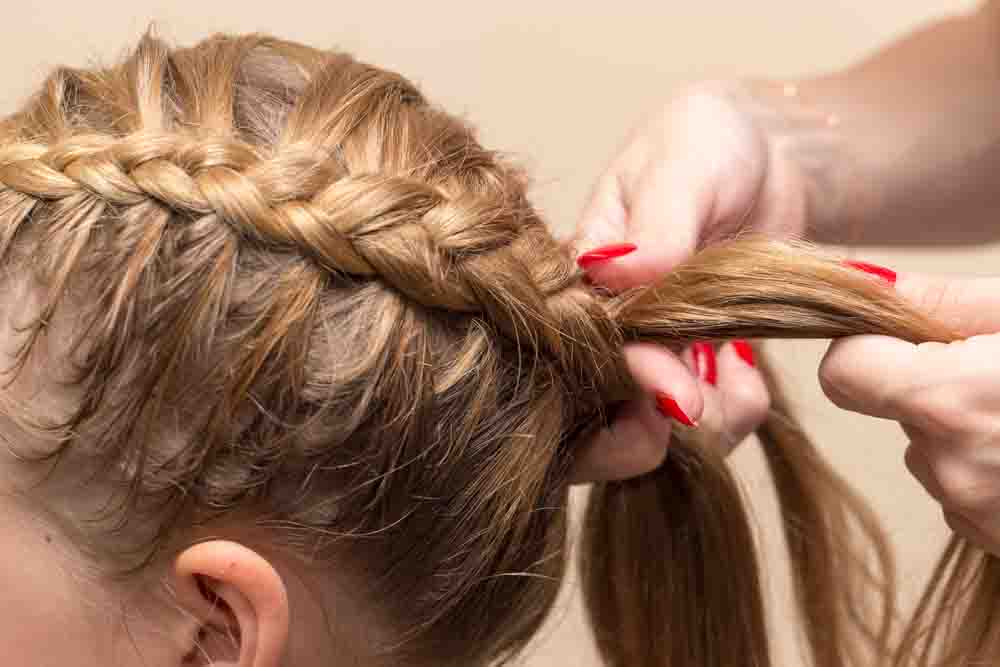
Though it’s a time-cost thing, many women find that using a weave or extension to change up their haircut by adding length, density, and even color is a terrific way to do it. If you don’t take concern of it, this hair style can damage your normal lock and even cause lock failure.
Follow these recommendations to avoid hair damage caused by a weave or extension:
- Make sure your real hair is in good condition: Before obtaining a weave or extension, it’s crucial to take concern of your original locks. Ensure that your lock is fresh and free of product use, such as hairspray.
By using conditioner, you can keep your lock nourished and strong. To keep your locks strong, keep following this lock concern routine when wearing a weave or extension. - Seek the advice of a competent stylist: Our search shows that you must get a professional to weave or add extension to your lock. Pay attention to what they’re doing when they’re working. If you feel discomfort or have a headache, the stylist is too tight.
Tight box braids can lead to alopecia, which is a kind of everlasting hair fall produced by repetitive tugging on the hair. Ask your hairdresser to adjust the concerned spot if the hairline hurts or seems too tight. - Maintain a neat hair style: Rinse your locks as regularly as your hair condition requires. If you are wearing them, uninstall the clip-in extension while shampooing your real locks. To keep your scalp cleansed and nourished, use a delicate, hydrating shampoo and conditioner.
- Keep your edges safe: Your edges are sharp. The wispy infant locks that appear around your forehead are extremely delicate. Only use water-based style gels on these sensitive locks, and moisturize them with conditioner as much as possible.
Doing so helps the hair to loosen up. And refrain from using heated stylist equipment for less damage. - Make a change in your hairstyle: Change your hair style based on your large braids and small braids. Since large braids lock, stylist will be different from small braids lock stylist.
Giving your lock a break from weaves or extension is essential for maintaining healthy locks. Try a stylist for no more than two or three months before switching to a hairdo that doesn’t include the old style, it’s ideal for healthy hair.
Note that how you shape your lock and the treatments you use (after a break) can create a big difference in how healthy your lock is.
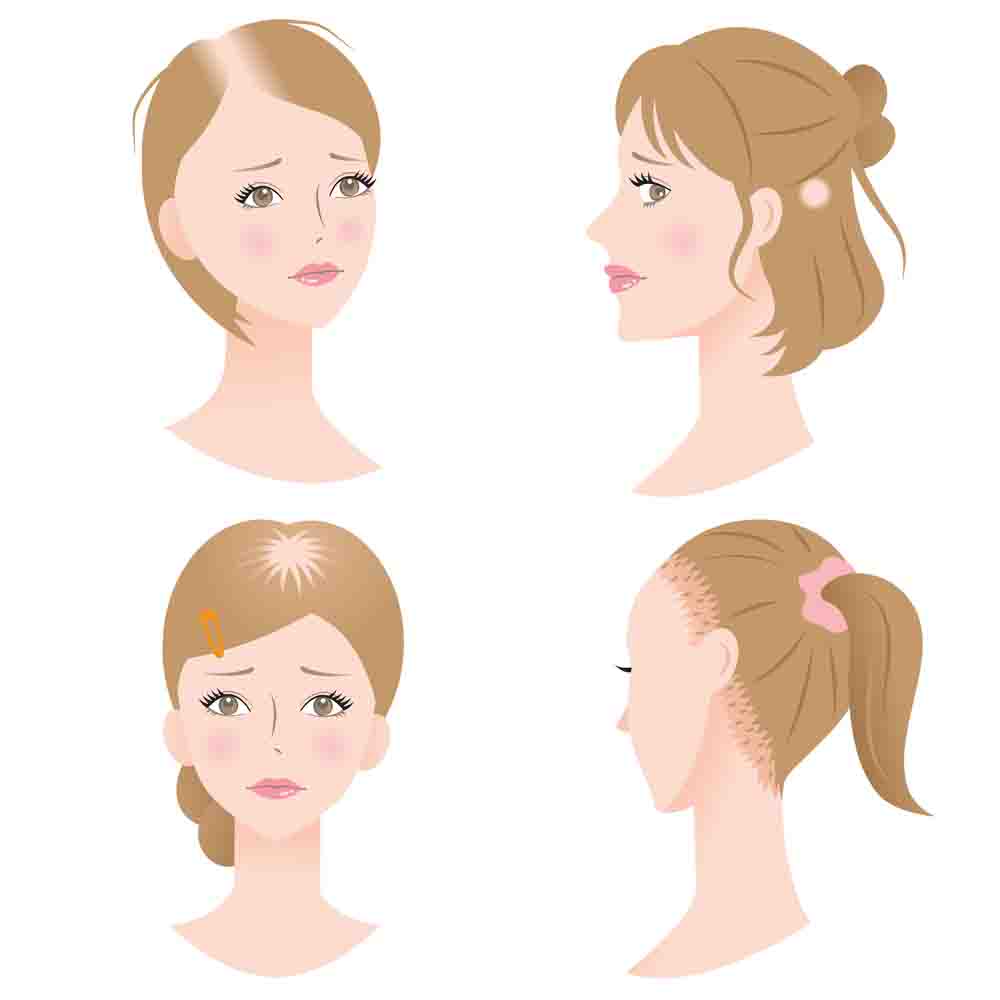
FAQs
Yes, a weave is better than hair extensions since it contains no chemicals or glue. Extensions can be quite heavy, which can put a strain on your scalp and cause your natural hair to break. Weaves, on the other hand, are much lighter and won’t weight down your hair.
To blend raw hair into the weave, check the pattern of the hair and leave a few strands of real hair out. You can use heat on your actual hair or find options for styling it without heat.
There are a lot of weaves that are perfect for blending into raw hair not relaxed. Some of the types are French Braids, Box Braids, and Crown Braids.
According to popular opinion, weave or extension can harm natural hair and even trigger lock loss if not treated properly.
Box braids can be relieved in a variety of ways. Use warm water and oils mixture, or take a painkiller, for instance.
Yes, a quick weave is a good protective style for your natural hair. With just a few minutes of effort, you can have long, flowing locks that look and feel like the real thing.
Without a lock break, make it grow faster with a weave by regularly using oil or moisturizer on your scalp and in your leave-out.
Daily use of an extension cream will help control humidity and keep your hairdo smooth. Add a tiny dose to your palms and firmly rub your head, real hair, and weave. Finally, lightly brush it over the corners to maintain a beautiful weave. Taking care of your hair under a weave will help it last longer.
It can itch badly if your locks are tugged too tightly during the braiding or weaving phase. Some people find that wearing a durag helps to reduce itchiness and scalp irritation.
We recommend changing your weave every 4 weeks or so, and giving your natural hair a break in between. This will help keep your hair healthy and prevent damage. If you want your weave to last longer, be sure to take good concern of it in between changes. This means gently washing it, using the right products, and avoiding excessive heat styling.
Nevertheless, there is a chance that box braids could harm your hair. The tight weave of the braid can rub against your scalp, causing irritation and breakage. To minimize this risk, make sure the braids won’t slip or unravel. Be aware that braids involve too much tension, which can also ruin your hair. If you want to keep your hair safe at night, you can use a silk scarf.
No, they’re not! In fact, using synthetic hair to create locs is actually a lot less damaging than using human hair.
Dreadlocks can cause damage to your hair if they are not installed correctly or if they are not maintained properly.
If not installed correctly, it can be damaging to your hair. If the weave is too tight, it can pull on your hair and damage the roots. Additionally, if left in for too long, it can cause scalp irritation. The lifespan of a pronto weave depends on how well you take care of it and how often you wear it.
Protective styles like braids and weaves can help retain length by reducing breakage and manipulation.
It depends on personal preference and hair goals. Braids can be a low-maintenance protective style, while weaves can provide versatility and volume.
Braids that are not too tight and allow for proper scalp care are best for hair growth. Examples include box braids, twists, and cornrows.
Benefits of hair weave include adding volume, length, and versatility to hair, as well as protecting natural hair from damage.
Braids that are too tight or left in for too long can cause damage and thinning to natural hair.
Weave braids can typically be kept in for 6-8 weeks, but it is important to listen to your hair and remove them when necessary.
Braids that are too tight or left in for too long can cause damage and thinning to natural hair.
Healthiest braids are those that are not too tight, allow for proper scalp care, and are not left in for too long. Examples include box braids, twists, and cornrows.
Braids that are too tight or heavy, such as micro braids or jumbo box braids, should be avoided as they can cause damage and thinning to natural hair.
Braids that are not too tight, allow for proper scalp care, and are not left in for too long are better for natural hair. Examples include box braids, twists, and cornrows.
Braids can help damaged hair by reducing breakage and promoting length retention, but it is important to ensure that the braids are not too tight or heavy.
Wearing braids all the time can lead to damage and thinning of natural hair, so it is important to give your hair breaks in between styles.
To secure braids without damaging hair, use a gentle and non-tight method such as a loose braid or loose twist. Avoid using rubber bands or clips.
Leaving your weave in too long can cause matting, tangling, and damage to natural hair. It is recommended to remove weave after 6-8 weeks.
It is recommended to stop wearing braids when they become too tight, cause pain or discomfort, or start causing damage to natural hair.
Leaving braids in for 6 months or longer can cause damage and thinning to natural hair.
Weave can typically be kept in for 8-12 weeks, but it is important to listen to your hair and remove it when necessary.
How often to weave hair depends on personal preference and hair goals. It is generally recommended to give hair breaks in between styles to prevent damage.
Box braids and Senegalese twists are examples of braids that can last the longest with proper care and maintenance.
Braids that are too tight or left in for too long can cause damage and thinning to natural hair, potentially worsening hair thinning.
Braids that are not too tight, allow for proper scalp care, and are not left in for too long can be good for thin hair. Examples include box braids and twists.
To regrow hair after braids, focus on gentle hair care practices, such as moisturizing and detangling, and incorporate healthy habits, such as a balanced diet and regular exercise.
Disadvantages of braids can include damage and thinning to natural hair, pain or discomfort from tight braids, and potential scalp irritation or infections.
Conclusion
Weaves braids are an exciting and fun way of doing modern hairstyles. However, it’s a common confusion to think, Can weave braids damage your hair or not.
While it works for some people, it might not work for everyone. That’s why we’ve mentioned the best ways available to prevent hair loss. Now, you can do weave braids without a single worry!

